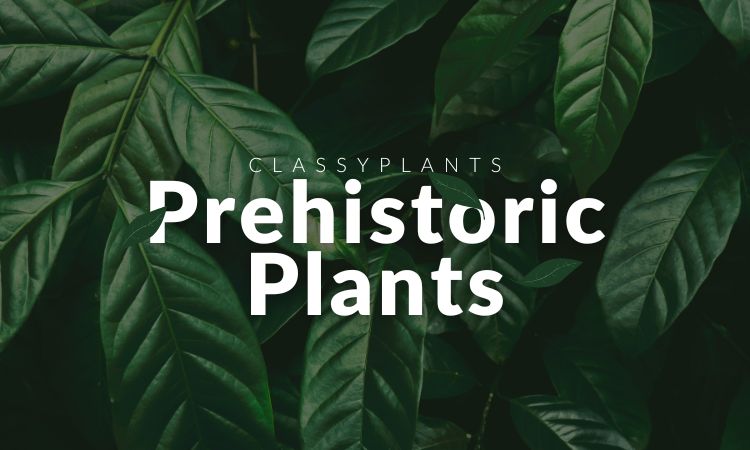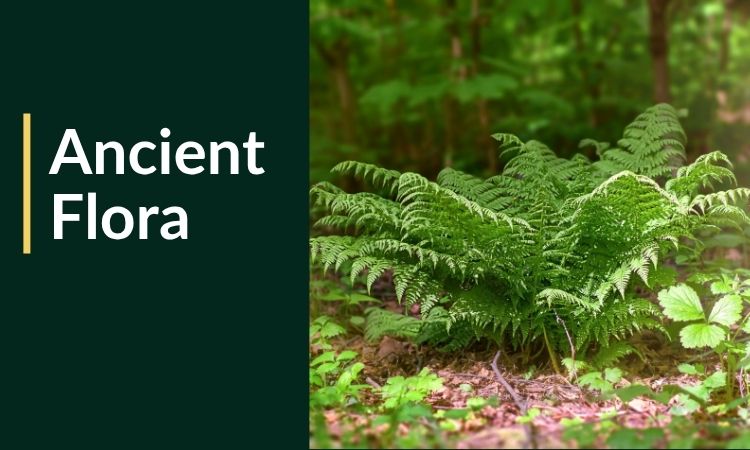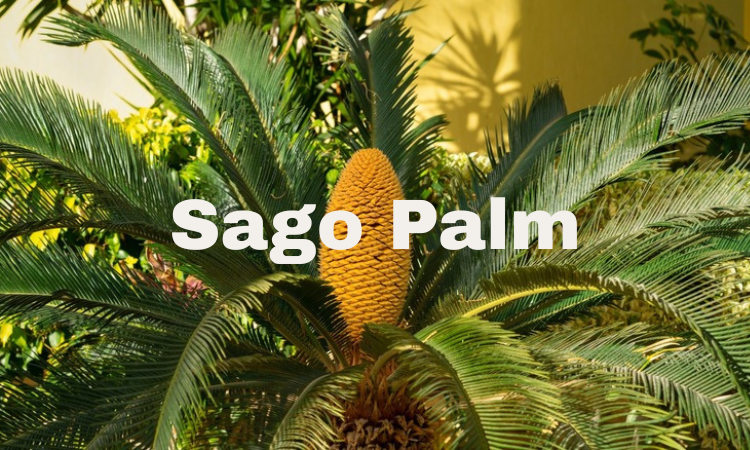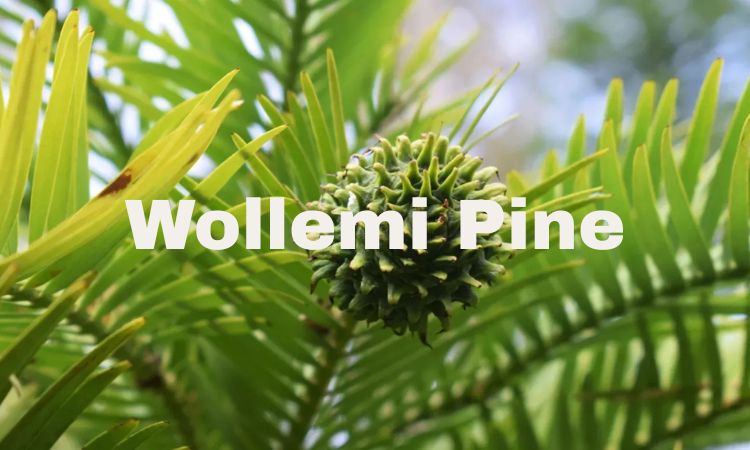Modern gardeners are increasingly reaching back into Earth’s distant past for inspiration. In 2025, the cultivation of prehistoric species has become more than a trend — it’s a celebration of resilience, history, and sustainability. These plants are not only visually striking but also living links to ecosystems that existed long before human civilization. Whether you’re designing a lush landscape or a compact container display, incorporating ancient flora offers unmatched depth and diversity.

Understanding Prehistoric Plant Species
The term prehistoric plants refers to species with ancestral lineages tracing back hundreds of millions of years. Many of these plants first emerged during geological periods such as the Carboniferous, Jurassic, and Cretaceous, long before mammals dominated the planet.
Today, gardeners often ask, what are prehistoric plants in Grow a Garden? The answer lies in combining paleobotanical heritage with practical horticulture. These are species that haven’t changed much in appearance or function since their emergence and include mosses, ferns, conifers, and early seed-bearing plants.
Some species, once considered extinct, have been rediscovered and propagated, allowing enthusiasts to grow living relics of ancient forests in modern settings.
Why Ancient Flora Belongs in Today’s Gardens
Incorporating ancient botanical species into landscaping projects offers multiple benefits:
- Visual impact: Their primitive structures — like fan-shaped leaves and spiraled cones — are unlike anything in modern flowering plants.
- Ecological resilience: Many of these species have outlasted mass extinctions and thrive in tough conditions.
- Educational value: Teaching children and guests about Earth’s botanical history becomes easy with living specimens.
- Low-maintenance adaptability: Many of these plants are pest-resistant, drought-tolerant, and suitable for varied climates.
If you’re exploring how to start or expand a collection, understanding how to get prehistoric plants in Grow a Garden initiatives will help you make informed and sustainable choices.

Explore the Legacy: Prehistoric Plants List
Here’s a well-rounded prehistoric plants list featuring species that are both historically significant and cultivable today.
| Plant Name | Geological Period | Description |
|---|---|---|
| Cycads | Late Paleozoic | Palm-like gymnosperms that produce cones; highly drought-resistant. |
| Ginkgo biloba | Jurassic | Known as a “living fossil,” this tree resists pollution and pests. |
| Horsetails (Equisetum) | Carboniferous | Fast-spreading reed-like plant with hollow stems; loves wet soil. |
| Tree Ferns | Mesozoic | Large, feathered fronds; thrive in shaded and humid gardens. |
| Wollemi Pine | Cretaceous | Once thought extinct, now cultivated in greenhouses and temperate gardens. |
| Dawn Redwood | Late Cretaceous | Deciduous conifer with fast growth; ideal for larger landscapes. |
| Sago Palm (Cycas revoluta) | Mesozoic | Rugged, symmetrical foliage; perfect for pots or desert-style gardens. |
| Whisk Fern | Devonian | Minimalist fern with no true leaves; excellent for terrariums. |
| Southern Magnolia | Cretaceous | Evergreen tree with large white flowers and glossy foliage. |
| Cinnamon Fern | Paleozoic | Tolerates wet conditions and adds texture to shady gardens. |
| Conifers (Araucaria, Sequoia) | Paleozoic to Present | Cone-bearing evergreens with ancient roots and towering form. |
| Mosses & Liverworts | Ordovician | Non-vascular plants ideal for groundcovers and shaded features. |
Each of these species represents a piece of Earth’s evolutionary story, making them natural fits for anyone looking to grow a garden with prehistoric plants.
How They Survived for Millions of Years
One of the most remarkable aspects of ancient flora is their longevity. These species have endured ice ages, meteor impacts, continental drift, and more.
Traits That Helped Them Endure:
- Spore-based reproduction in ferns and mosses enables survival without pollinators.
- Thick leaves and bark in cycads and ginkgo trees help resist harsh climates.
- Clonal propagation allows species like whisk ferns to spread without needing seeds.
Some prehistoric plants that still exist today have changed very little in structure, serving as natural time capsules. They dominated ecosystems when dinosaurs roamed — and many remain structurally the same even now.

From Fossil Forests to Flower Beds
Several major geologic periods were crucial to the development of ancient flora. Here’s a quick look at plant evolution across Earth’s past:
| Time Period | Notable Flora |
|---|---|
| Carboniferous (360–300 million years ago) | Giant horsetails, club mosses, and the first large tree ferns. |
| Jurassic (200–145 million years ago) | Expansion of cycads, ginkgos, and conifers into vast forests. |
| Cretaceous (145–66 million years ago) | Rise of flowering plants alongside dawn redwoods and magnolias. |
Even though many species from these periods are now part of the record of extinct prehistoric plants, others still live and thrive — making them ideal additions to thoughtful gardens.
Garden Design Tips Using Ancient Species
Whether you’re planning a themed area or mixing prehistoric elements into a modern layout, these strategies will help:
Layout Ideas:
- Woodland grove: Combine tree ferns and dawn redwoods for a lush, shaded retreat.
- Tropical accent bed: Use sago palms and cycads in gravel beds with low-water succulents.
- Pondside planting: Incorporate cinnamon ferns, horsetails, and mosses near water features.
- Minimalist terrace: Showcase a single ginkgo in a large container as a sculptural centerpiece.
This method allows gardeners to incorporate prehistoric plants in Grow a Garden projects that are both beautiful and historically meaningful.
Prehistoric Plants Alive Today
Among the most exciting discoveries for gardeners is the list of prehistoric plants still around today. These species are not just alive — they are thriving in modern landscapes, parks, and even urban streets.
Examples include:
- Ginkgo biloba lining boulevards in temperate cities
- Maidenhair and whisk ferns in indoor botanical displays
- Wollemi pine flourishing under careful cultivation
Their endurance is not just biological but symbolic. As climate challenges grow, these species offer blueprints for resilience.
Sourcing Rare and Iconic Specimens
More nurseries are now offering heritage specimens, making it easier to find prehistoric plants for sale. Look for:
- Certified online botanical retailers
- Local arboretums or conservatories
- Plant societies and rare seed exchanges
When sourcing plants, especially less common ones like Wollemi pine or rare cycads, always verify authenticity and growing guidelines. This helps preserve the integrity of rare species and ensures you’re supporting ethical cultivation.

The Fascination with the Strange and Unusual
While many ancient plants are admired for their beauty, some stand out for their odd appearances. These are the weird prehistoric plants that have captivated scientists and gardeners alike:
- Whisk ferns, with their leafless, rootless forms
- Equisetum, which reproduces via spores and grows in segmented stems
- Liverworts, so simple they lack stems or leaves altogether
Including these in your design adds texture and conversation value, and gives a nod to Earth’s more experimental eras of plant evolution. For more sculptural and drought-tolerant options, explore different Types of Cactus Plants that also bring a striking prehistoric charm to modern spaces.
FAQ: Ancient Plants for Curious Gardeners
Ginkgo, cycads, sago palms, tree ferns, horsetails, and magnolias are among the most popular and accessible ancient species.
Yes. Species like the Wollemi pine are critically endangered in the wild. However, conservation efforts have made it available for private cultivation.
While many are adaptable, not every species is suitable for every environment. Tropical ferns may need humidity, while conifers prefer cooler regions.
Some, such as sago palms, can be toxic to pets if ingested. Always check toxicity data before planting.
Extinct species are known only through fossil records. Many plants from ancient times no longer exist, but we grow close relatives or descendants of those now-lost species.
Each species has unique care needs. Generally, they thrive with minimal disturbance, proper light and moisture, and well-drained soil. Ferns enjoy moisture, while cycads and ginkgos tolerate drier conditions.
Final Thoughts
Bringing ancient species into the present is more than a gardening trend — it’s a tribute to life’s endurance. By growing these plants, you’re cultivating more than just foliage. You’re nurturing pieces of Earth’s earliest green legacy.
Whether you’re building a backyard Jurassic grove or simply adding a fern to your balcony, working with prehistoric plants invites both beauty and history into your life. And in 2025, there has never been a better time to let the ancient world take root in your garden.